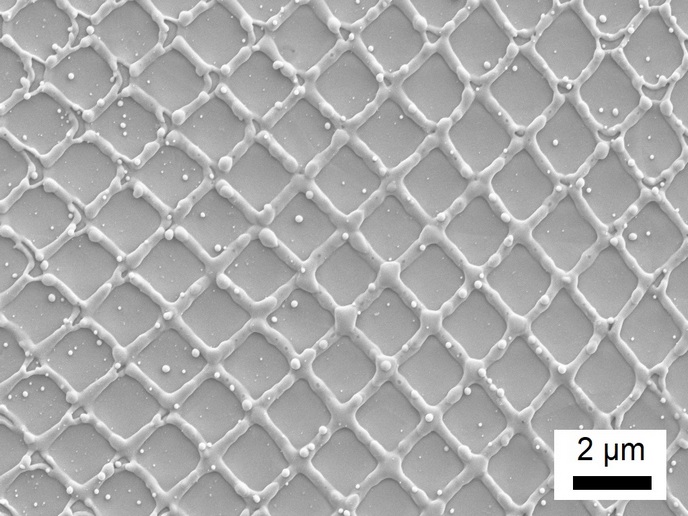Room temperature quantum effects
Rydberg atoms are huge, approximately 100 000 times greater in diameter than ordinary atoms — so large that they can engulf other atoms. In addition, they react strongly to application of magnetic and electric fields. A single excitation can be shared by several atoms forming a collective quantum state or super atom. With EU funding of the project RYDSURF, scientists explored the possibility of creating a single-photon source and developing room-temperature quantum networks with Rydberg atoms in thermal vapour microcells. The experimental technique overcomes scaling-up limitations faced by the conventional use of ultracold atoms for such investigations and applications. Preservation of quantum coherence is critical and highly dependent on the surfaces that confine the atoms. The team developed a new experimental setup to study the surfaces in situ. In order to exploit the vapour microcells in a single-photon source, the scientists had to demonstrate the phenomenon of Rydberg blockade. This is present in ultracold ensembles of atoms and critical to operation of quantum gates. They designed and built a new cell compatible with sophisticated measurement techniques and used it in pioneering experiments supporting the potential of a blockade effect in a thermal gas. Experiments expected to culminate in proof-of-principle of the first-ever single-photon source based on the Rydberg blockade in thermal vapour cells are ongoing. More information is available online(opens in new window) . RYDSURF scientists are blazing a trail in quantum information processing expected to lead to control of coherent excitation in ensembles of atoms at room temperature. Successful demonstration of control in fundamental building blocks will finally put up-scaling to quantum networks with millions of nodes within reach.







